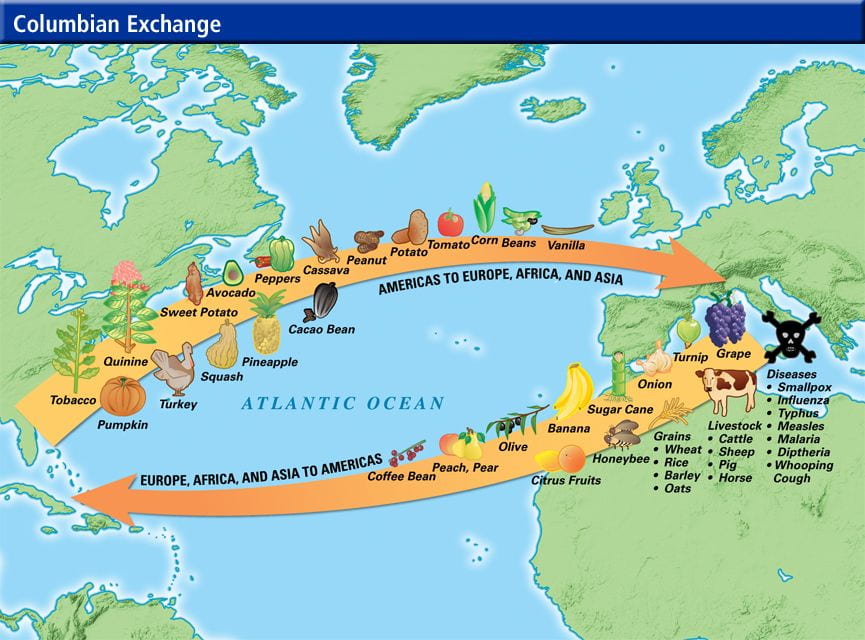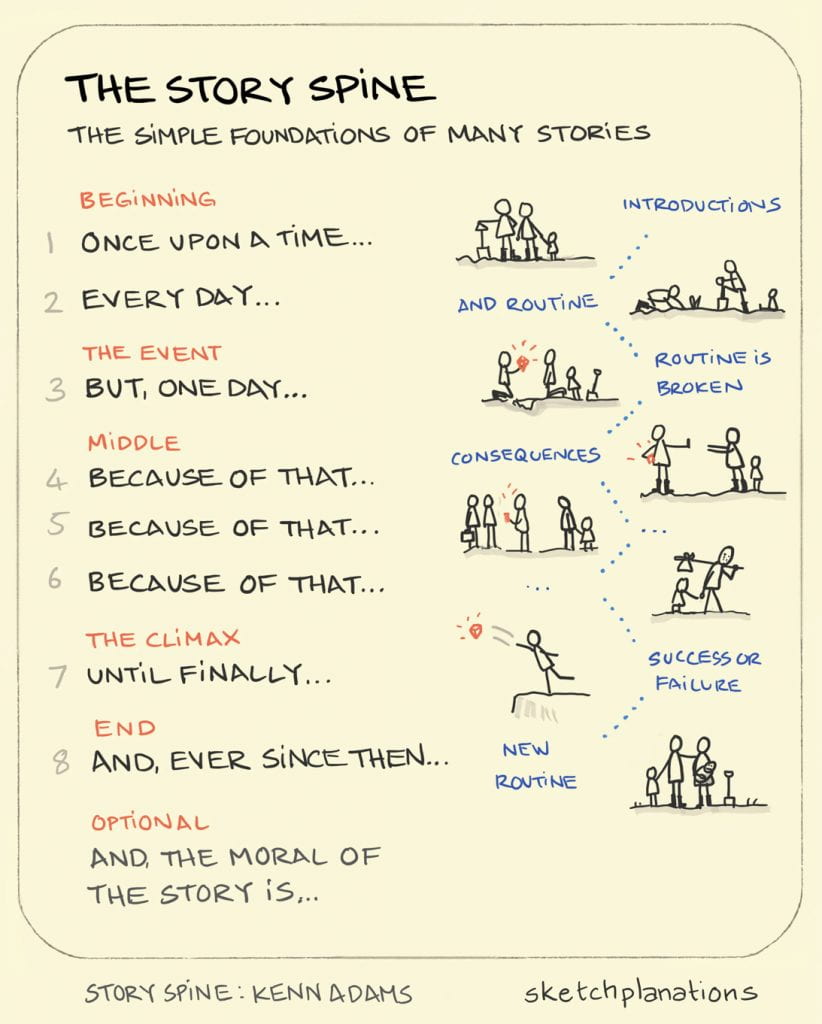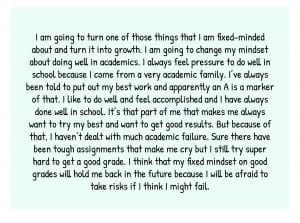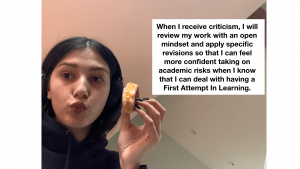Hello all 👋🏼
It is time for another summative blog post.
The project that we just finished it was called “how it started, how its going”, The title coming from a meme that boomed in early 2020. As you may have guessed, the meme was all about showing how something started versus the present. Here’s an example:

source
Before we go any further I should probably tell you what this project is. In this project we made a “how it started, how it’s going” meme with a painting from the Renaissance or medieval times being the “how it started” and a “how it’s going” of present day. We needed to do a bunch of research on the important historical events and worldview of the mediaeval and Renaissance times comparing to western worldview. The final Memes went into a virtual museum for all the world to see.
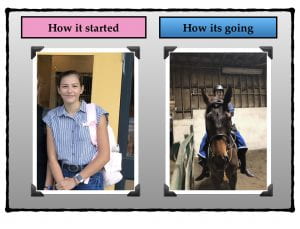
At the beginning of the launch,everyone had to make their own introductory meme comparing thebeginning of September 2020 to the present. Here was mine:
We also learned about establishing historical significance and what makes a great museum. We visited several virtual museums and took notes on what made them a good museum and what common similarities they had. We also looked at art from the medieval and Renaissance and took notes of what we noticed. All of that information was compiled into a MindNode so that we could easily refer to it.
 Next we learned about worldview. Worldview (noun): a collection of beliefs about life and the universe held by an individual or group; the lens through which the world is viewed by an individual or group; the overall perspective from which the world is interpreted. You may have heard the term “western worldview” referring to the views and norms of western society. We learned that there are seven main aspects of worldview, society, knowledge, time, economy, values, geography, and beliefs. We did work on identifying worldview and how worldview is represented. Milestone 2 of this project was a collage about our personal worldview. We established historical significance of certain events in our lives and connected those events to our worldview. The collage was supposed to follow a story line that had an exposition, rising action, climax, falling actions, and a resolution, those steps are also known as a story mountain. In this milestone, I think that I showed how I can respond to text and construct critical and creative connections between myself, the text, and the world around me and be able to support my ideas with credible evidence. Here is the collage that I made along with a short explanation.
Next we learned about worldview. Worldview (noun): a collection of beliefs about life and the universe held by an individual or group; the lens through which the world is viewed by an individual or group; the overall perspective from which the world is interpreted. You may have heard the term “western worldview” referring to the views and norms of western society. We learned that there are seven main aspects of worldview, society, knowledge, time, economy, values, geography, and beliefs. We did work on identifying worldview and how worldview is represented. Milestone 2 of this project was a collage about our personal worldview. We established historical significance of certain events in our lives and connected those events to our worldview. The collage was supposed to follow a story line that had an exposition, rising action, climax, falling actions, and a resolution, those steps are also known as a story mountain. In this milestone, I think that I showed how I can respond to text and construct critical and creative connections between myself, the text, and the world around me and be able to support my ideas with credible evidence. Here is the collage that I made along with a short explanation.
 There is also a book of all of the collages that we made as a class. It is our companion book for the museum.
There is also a book of all of the collages that we made as a class. It is our companion book for the museum.
As I already mentioned, the end product of this project was an art meme in a virtual museum. If you have ever been to an art gallery or museum, you may have noticed that the art is usually accompanied by an artists statement about the piece. Therefore, to accompany our art we had to also have an artists statement. Our artists statement was an argument about what lessons from history we could apply to our worldview. Everyone was put into one of seven different groups, each group was representing a different aspect of worldview, and your argument and art were supposed to tie into that aspect of worldview. We previously did a lot of building knowledge on medieval and Renaissance times so that we could identify historically significant events that shaped our worldview in certain ways. I was part of the beliefs worldview group and here is my Argument.
Hopefully you have been curious about what the actual art was going to look like. The first step in making the meme was to find the portrait that would be used for the “how it started” side. Our main source for the art was Google arts and culture. I ended up choosing “Portrait of Pope Leo X with Cardinals Giulio de’ Medici and Luigi de’ Rossi” by Raffaello Sanzio created in 1518. Then we took that art and made it our own by adding our face onto it. Everyone also edited and added things on the painting to show a specific statement about their worldview aspect. In all of this editing you had to use your technology creatively and be an empowered learner. I used an app called Procreate to edit my art with some help from another app called PicsArt.

My art was trying to show how beliefs help people make decisions. It would be great if in the comments you could tell be what your first impressions were about the statement of my piece.
Now I haven’t really talked about the driving question to this project. It was “What can we learn from the past, and why does that matter to us today?” And I think that my Argument and History test answer that best. And if i had to summarize both of those long answers in one sentence it would be; “It is important to remember what happened in the past because we don’t want history to repeat itself.”
Here is the link to the final museum and I hope you enjoy!
As always, Brooke.
